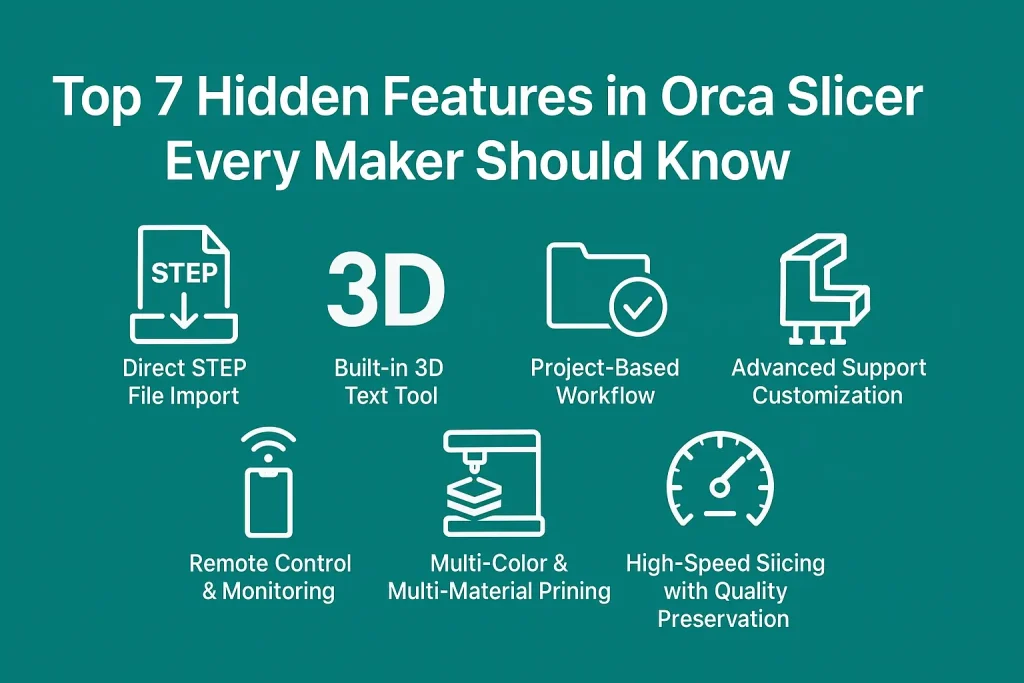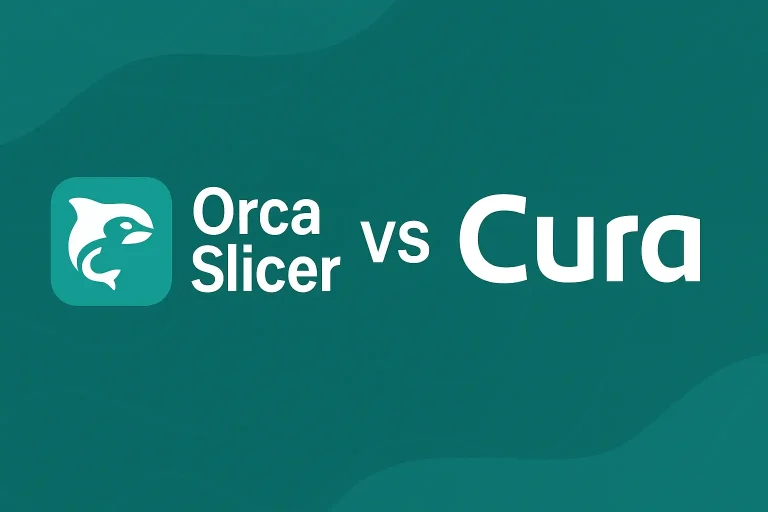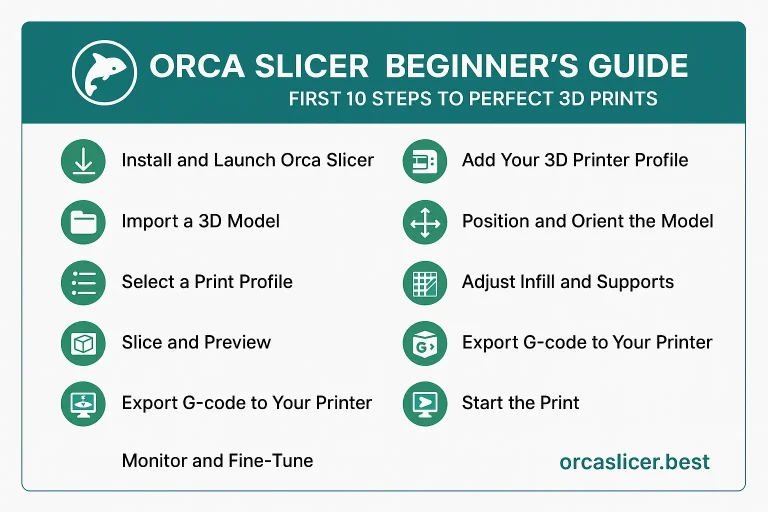Orca Slicer has quickly become one of the most popular open-source 3D printing slicers. Built on PrusaSlicer and Bambu Studio, it combines powerful features with a clean interface, making it suitable for beginners and professionals alike.
While most users are familiar with the basics — slicing models, adjusting layer height, or setting infill — Orca Slicer hides several advanced tools that can take your 3D printing game to the next level. If you’ve only scratched the surface, you’re missing out on some of its best capabilities.

1. Direct STEP File Import
Most slicers only support STL, 3MF, or OBJ formats, but Orca Slicer goes a step further by allowing direct STEP file import. STEP files are the standard in CAD (Computer-Aided Design), used by engineers and professionals.
This feature eliminates the need for error-prone conversions. Instead of exporting a STEP file into STL and risking loss of detail, you can import it directly into Orca Slicer. The result? Better dimensional accuracy and smoother workflows for technical projects.
2. Built-in 3D Text Tool
Adding labels, engravings, or custom text to your models usually requires going back into CAD software. Orca Slicer changes that with its built-in 3D text generation tool.
You can add text directly onto your model inside the slicer. Whether you want to emboss a name, engrave a logo, or add instructions to your design, this feature saves time and simplifies customization. For teachers, makerspaces, or hobbyists creating personalized prints, it’s a game-changer.
3. Project-Based Workflow
Unlike many slicers that treat every file as a standalone project, Orca Slicer introduces a project-based workflow. This lets you bundle models, printer settings, materials, and slicing configurations into one file.
The benefit is clear: no more digging through folders or trying to remember which settings you used last time. Everything is stored together, making it ideal for professional users, educators, and designers managing multiple revisions.
4. Advanced Support Customization
Supports are essential for complex models, but they can also waste material and be difficult to remove. Orca Slicer offers advanced support customization with options to fine-tune density, placement, and style.
You can use features like paint-on supports, variable densities, and easy-break structures to minimize post-processing work. This ensures that supports are strong enough to hold the model but still easy to detach without damaging the print.
5. Remote Control & Monitoring
One of Orca Slicer’s most underrated features is its ability to remotely control and monitor prints. With built-in cloud support, you can start, pause, or stop prints from anywhere.
For long print jobs that last several hours (or even days), this feature provides peace of mind. Makers can track progress, adjust settings if needed, and avoid wasted filament in case of errors. It’s especially valuable for professionals managing multiple machines.
6. Multi-Color & Multi-Material Printing
Orca Slicer integrates smoothly with AMS (Automatic Material System) setups and other multi-material solutions. This means you can easily print multi-color designs or combine materials with different properties, such as flexible and rigid filaments.
The slicer handles purge towers, filament changes, and transitions automatically. What used to be a tedious manual process is now smooth and efficient, giving makers the freedom to explore creative, functional, and visually stunning prints.
7. High-Speed Slicing with Quality Preservation
Speed often comes at the cost of quality in most slicers — but not in Orca Slicer. Thanks to optimized algorithms, it can slice models quickly without losing detail.
This feature is particularly useful for rapid prototyping, where reducing turnaround time matters. Users can experiment, test, and refine designs faster while still achieving sharp details and strong prints.
Final Thoughts
Orca Slicer is much more than just another slicer. With hidden features like STEP file support, built-in 3D text, project workflows, advanced supports, remote monitoring, multi-material printing, and high-speed slicing, it gives makers tools that many other slicers don’t offer.
Whether you’re a hobbyist printing at home or a professional managing multiple printers, these features can save time, reduce errors, and improve print quality.
👉 Next time you open Orca Slicer, explore these advanced tools — you’ll unlock its full potential and transform the way you 3D print.


